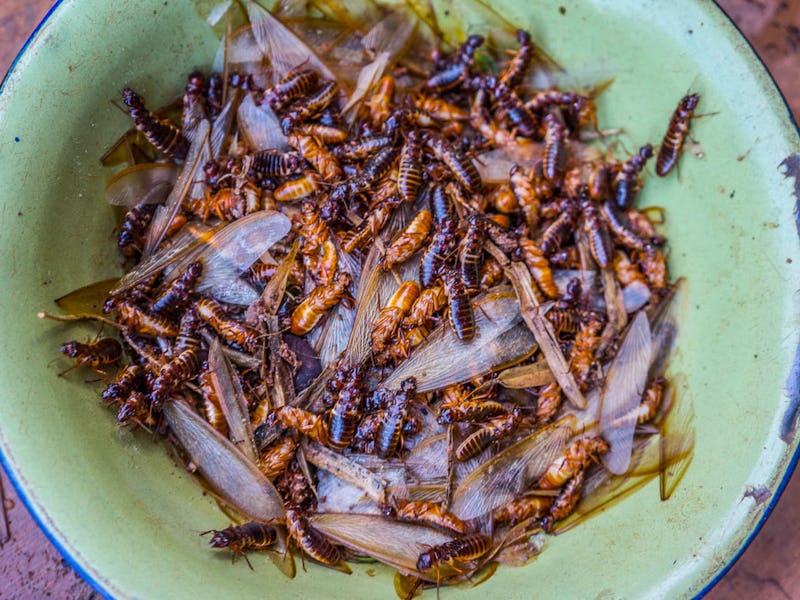Cockroaches Just Got Even Worse
The family, already 4,500 species strong, just got a nasty new addition.

Termites live in a complex, marvelously intricate society made up of kings, queens, soldiers, and workers that use an elaborate chemical communication system to keep things running smoothly. Cockroaches are quite a bit different. While they live in family groups and even engage in collective decision-making, they don’t display the social hierarchies that termites and other social insects do. If you were a termite, you would probably be quite smug about the sophisticated nature of your society relative to the weird, lonesome life of the cockroach.
Termites enjoyed their classification as a member of a different taxonomic group for a long time, but scientists recently knocked them down off their high horse.
New research demonstrating that termites probably arose from ancient solitary cockroaches has triggered a reclassification that actually means the termite now belongs to the same taxonomic order as the cockroach, Blattodea. That brings the cockroach family count to well over 4,500 species.
“It’s official that termites no longer have their own order,” Mike Merchant of Texas A&M University, the chair of the Entomological Society of America’s Common Names Committee, told Science News on Thursday. This change is now reflected in the Entomological Society’s database.
The change comes as a result of a study that investigated the common roots of eusocial behavior — the kind of superorganism organization that termites exhibit.
Cockroaches and termites are more similar than you might have thought.
In a paper published in early February in the journal Nature Ecology & Evolution, researchers examining ancient cockroach and termite genomes (DNA) and transcriptomes (RNA) found that termites evolved into eusocial creatures from their solitary cockroach ancestors about 150 million years ago. This is noteworthy because this adaptation occurred 50 million years before Hymenoptera — the family that includes bees, ants, and wasps —separately developed similar social habits.
The researchers sequenced and analyzed the genomes of the German cockroach (Blattella germanica) and a species of drywood termite (Cryptotermes secundus), with a special focus on genes that encode for chemical signaling and sensing, and then compared the genomes to those of 16 other eusocial and non-eusocial insects. Doing so allowed them to track how the termite’s solitary ancestor gradually turned into the highly developed social organism we know today.
This change, which also occurred at a different rate in Hymenoptera, is a classic example of convergent evolution, the phenomenon by which various organisms end up with similar traits developed under different selection pressures. Further analysis will help researchers better understand the intricacies of cockroach and termite chemical signaling, but for now, cockroaches can simply revel in the fact that termites are merely their more organized kin.